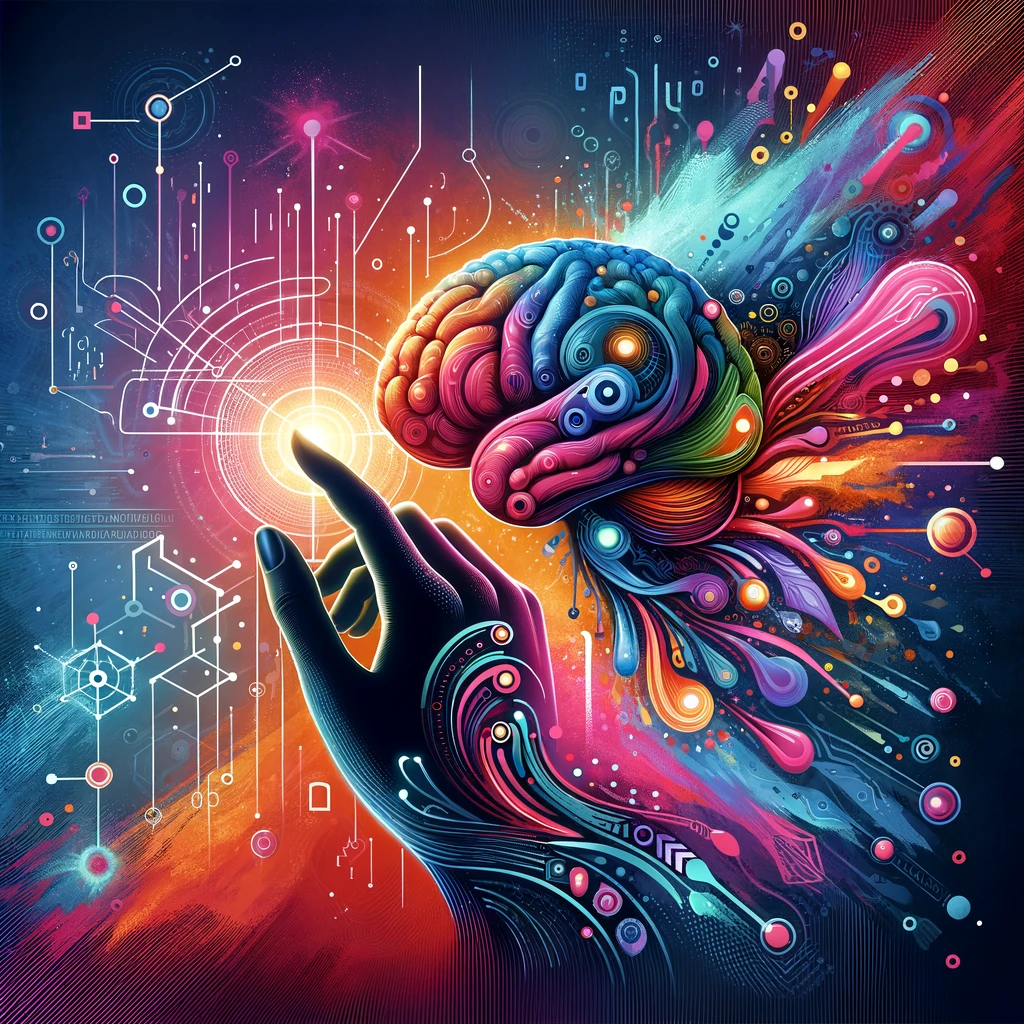Introduction The realm of graphic design has witnessed a remarkable evolution from its early days of hand-drawn illustrations to the sophisticated digital creations of the modern era. Today, a new player has entered the arena: AI-generated images. This technology is poised to revolutionize the way we conceive and produce graphic content. However, as we stand on this precipice of change, it’s crucial to recognize that the essence of creativity and the human touch remains indispensable. This article delves into the dynamic interplay between the burgeoning capabilities of AI in graphic design and the irreplaceable value of human creativity, empathy, and ethical considerations.
The Rise of AI in Graphic Design Graphic design’s journey from manual craftsmanship to digital mastery has been transformative. The advent of AI technologies, such as DALL-E and Adobe Sensei, marks a new chapter in this evolution. These tools are not only redefining the limits of creativity but are also reshaping the commercial and artistic landscapes of design. By examining the historical context and the current applications of AI in graphic design, we gain insight into the potential future of this field.
Capabilities and Advantages of AI-Generated Images AI-generated images offer a plethora of benefits, including unparalleled speed, efficiency, scalability, customization, and cost-effectiveness. These advantages make AI an attractive option for both large-scale projects and individual creative endeavors. This section explores how AI-generated images are changing the game in terms of production capabilities and what this means for the industry at large.
Challenges and Limitations of AI in Graphic Design Despite its impressive capabilities, AI in graphic design is not without its challenges and limitations. Concerns about the quality, originality, ethical implications, and the absence of emotional depth and cultural sensitivity are significant. These limitations highlight the areas where AI falls short and underscore the importance of human intervention and oversight in the creative process.
The Irreplaceable Value of the Human Touch The essence of graphic design lies in creativity, innovation, empathy, and emotional connection—qualities that are inherently human. This section discusses how the unpredictability and ingenuity of human creativity, combined with the capacity for empathy and ethical judgment, play a critical role in creating designs that resonate with audiences on a profound level. It argues for the irreplaceable value of the human touch in ensuring that graphic design remains meaningful, ethical, and culturally aware.
Integrating AI and Human Creativity for a Brighter Future Looking forward, the integration of AI and human creativity presents an exciting opportunity to enhance the graphic design process. By adopting collaborative models where AI tools are used to augment human creativity rather than replace it, designers can achieve new heights of innovation and expression. This section outlines the potential for a synergistic relationship between AI and human designers, emphasizing the importance of training and education in harnessing the best of both worlds.
Conclusion As we navigate the future of graphic design, the role of AI-generated images and human creativity becomes increasingly intertwined. This article has explored the transformative impact of AI on the industry while championing the critical importance of maintaining the human touch. By embracing AI as a tool for enhancing creativity and ensuring that human skills and ethical considerations guide the design process, we can look forward to a future where graphic design continues to evolve, inspire, and connect with people in meaningful ways.
